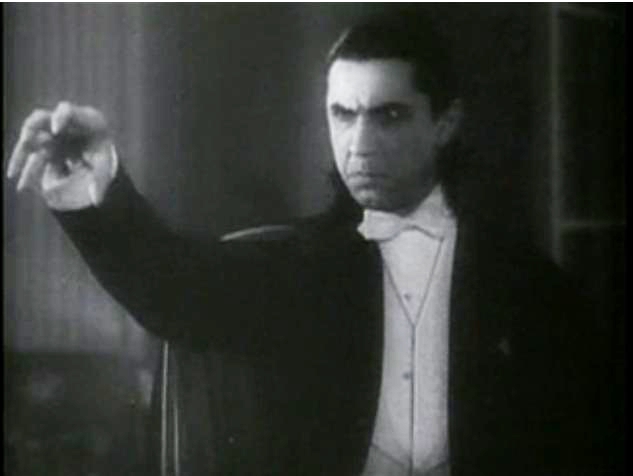Whither Vampires?

Bela Lugosi as Count Dracula
When I was a child, if you mentioned vampires most people thought only of Dracula. Heck, to the kids at my grade school, Dracula wasn’t a name, it was a type of monster. They didn’t even know the word ‘vampire.’
Notice I exclude myself from those kids. I was the oddball even then. I was the one who found books about vampire folklore and became fascinated. The regional variations amazed me. In some areas they could not repeat themselves when speaking. In others they drained blood by striking the victim hard on the back and catching the flow in a bucket. Every culture seemed not only to have vampires, but to have their own types of vampires.
These were great books to read by flashlight. Though I did develop the habit of only being able to sleep with the covers tucked up under my chin.
Ye gods, I almost sound like a hipster. “I was into vampires before they were cool.” That’s not what I mean, though. I’m glad vampires have become popular. Not that I like all the vampire fiction out there. I learned that when I tried to read the Anne Rice books. In that era, Nancy Collins’ Sonja Blue books were more my speed. No, what I mean is that I developed my interest in vampires way back in 1975 and it has never waned. In fact, they still hold such fascination for me that my late mother-in-law bought me a boxed set of Twilight books, because she knew the stories were about vampires.
She meant well.*
Anyway, I’m writing about vampires today because I saw this comment yesterday on Twitter:
Yi Shun is a good friend of mine, and in her capacity as fiction editor for the Los Angeles Review she reads a lot of submissions. I can only guess how many vampire stories must have crossed her desk to prompt that statement. That means that not only are a lot of people writing more vampire fiction, they’re sending their stories to literary journals as well as horror magazines.
You might say they’re clotting the market. (All right, maybe I’m the only one who’d say that.)
I’m not surprised. Over the last forty years, the roles for vampires in fiction have expanded. Before I was born, vampires were monsters and villains.** Then Rice’s Lestat and Collins’ Sonja Blue came along and gave us vampire anti-heroes. Next came Buffy the Vampire Slayer and its spinoff Angel, in which Joss Whedon gave us Angel: the vampire with a soul, the fallen hero battling for redemption. Looking at this progression, it’s not surprising that Stephanie Meyer’s Twilight contributed Edward, the vampire as romantic hero.***
But as vampires’ roles have expanded, has their power diminished? Vampires in folklore were objects of terror. The hint of one was enough to panic a town. Nowadays our stories suggest that meeting a vampire might not only be safe, but desirable. The fiction is more prevalent, but folklore has the weight of age and tradition. I wonder. If the average person met a vampire on the street, would that person flee or smile?
What would you do?
*I still have them. What can I say? They were a gift.
**They also made occasional appearances in comedies such as Abbot and Costello Meet Frankenstein and The Fearless Vampire Killers or Pardon Me But Your Teeth Are in My Neck.
***I have not actually read Twilight. If I am mistaken about Edward, please correct me.


